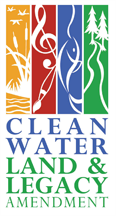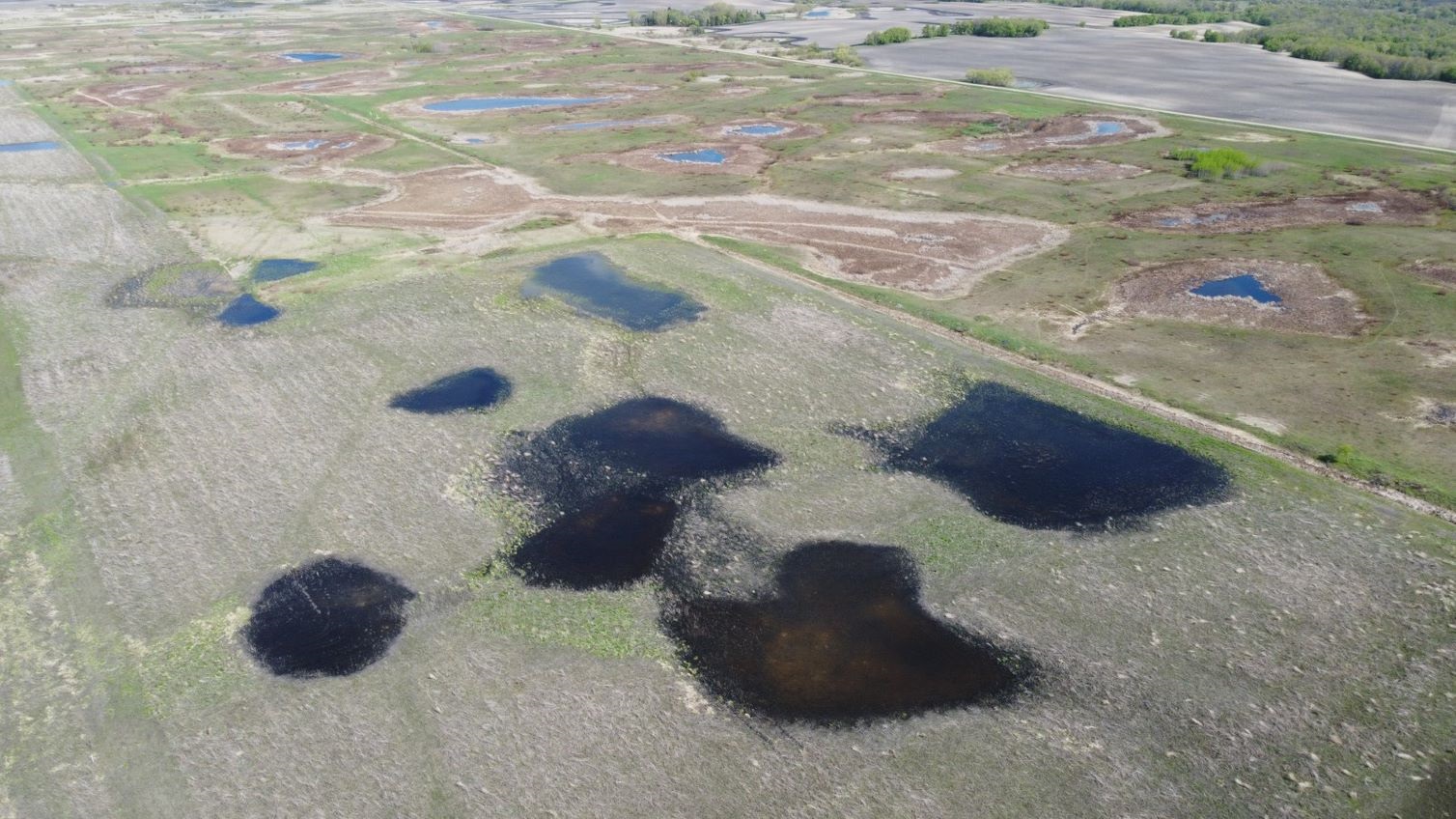RIM Wetlands now includes peatland restorations!
Overview

The RIM Wetlands program restores and protects previously drained and altered wetlands and adjacent native grasslands habitat though easements across the State. BWSR has received funding through both the Outdoor Heritage Fund and Clean Water Fund for RIM Wetlands easements. BWSR utilizes the RIM easement program in partnership with local Soil and Water Conservation Districts (SWCDs) to target, protect and restore high priority habitat complexes.
Benefits
- Protect, enhance, or restore existing wetland/upland complexes, or convert agricultural lands to wetland/upland habitat complexes
- Improve water quality
- Increase habitat for fish, game and wildlife
- Store floodwaters, filter pollutants, serve as a carbon sink, and provide recreation sites
- Provide a home to one third of all threatened and endangered species
Enrollment Focus and Sign-up Schedule
RIM Wetlands is available statewide, including the Minnesota Prairie Conservation Plan prairie core areas, corridors and agricultural matrix. Funding decisions will be made quarterly when adequate funding is available.
Peatland Restoration Sub-Program
RIM Wetlands has a peatlands subprogram available statewide on lands where restorable histosol soils are present. More information can be found in the Appendix 2 of the RIM Wetlands General Program Guidance Document. Learn more about peatlands here and in this fact sheet. Applications that contain histosol soils will be reviewed quarterly until funds have been exhausted, even when other RIM Wetlands funding may be lacking.
Eligibility
- Wetland restoration area(s) must have wetlands that were legally drained and are restorable. “Restorable” means that the project is financially practical and technically feasible.
- The drained wetland must have been sufficiently altered to render the basin suitable for agricultural production. This does not necessarily refer to present conditions.
- Adjacent land without qualifying crop history cannot exceed one acre for each acre of wetland to be restored (a 1:1 ratio).
- Adjacent lands with qualifying crop history cannot exceed eight acres for each acre of wetland to be restored (8:1 ratio).
- Additional RIM specific eligibility criteria is detailed in the RIM Handbook pages 1-7.
Easement Application Materials
- RIM Application Guidance (pdf)
- RIM Wetlands General Program Guidance (pdf)
- Easement Acquisition Checklist (pdf)
- Conservation Easement Application (pdf)
- Area Assessment Form Word document (docx)
- RIM Wetlands Application Workbook (xlsm)
- Conservation Easement Financial Worksheet (pdf)
- Agreement Information Form Word document (docx)
- W-9 Form (IRS Website)
- Prairie Conservation Plan Strategic Guide (pdf)
Geospatial Resources
- RIM Wetlands Additional Wildlife Benefits (zip)
- MN Prairie Conservation Plan Core and Corridors (zip)
- Minnesota Biological Survey Sites of Biodiversity Significance
- Permanently protected areas of Minnesota (list not comprehensive):
- Mapping Tool for Identifying Potentially Restorable Peatlands

